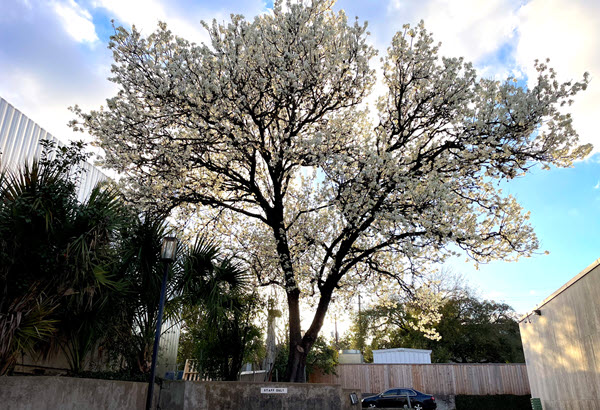
Ageism Is Real. We Have Work to Do.
March 06, 2024
A large segment of our community — the baby boom generation — is heading to retirement. By 2030, everyone in that generation will be 65 or older, which will affect our entire society in many ways. What does mental health look like as we age?
So much depends on our experience of community. We’re used to thinking about 65 as a time when adults are considering retirement — retirement is kind of the catchall term we have for the end of our lives. Which is telling, because it’s chiefly an economic idea. It’s the time when we leave the workforce. In our culture, we tend to prize our economic role and value as the core element of our identity.
When you’re meeting someone for the first time, how often do you ask “So, what do you do for a living?” rather than “So, what are your values?” or “What are you curious about right now?” What that means for people who are aging is that they are facing a sharp change in their identity. If they are employed — many are not — it also often means a drastic loss of community. And our mental health can and does suffer.
One of the core risks for the mental health of the aging population is loneliness. Addressing it is simple, but not easy: intentionally build community. Fundamentally, this depends on reclaiming the value of older people.
Gerontologists talk about the third age and the fourth age. The third age extends roughly from the time when children have left the home and economic roles are winding down until we become frail and in need of care, which is the fourth age. Reclaiming the wisdom of people in these periods of their lives as socially invaluable is part of the work — understanding that the role of elders in the life of community is essential. The chief barrier to this? Ageism.
Ageism refers to discrimination, prejudice, and stereotyping based on age. A 2020 study by the University of Michigan found that 82% of adults aged 50-80 experience one or more forms of ageism in their day to day lives. We can think about ageism in three ways. The first is being exposed to ageist messages, like jokes about old age, aging, or older people, or references to older adults as being unattractive or undesirable. The second way involves ageism in interpersonal interactions. People assume that older people have difficulty with technology, with hearing or seeing, or remembering or understanding. A pernicious one is being perceived as not having anything important or valuable to say, or that they need help with tasks they can do on their own. The third way is internalized ageism, which looks like loneliness and experiences of sadness and depression that older people associate with their age.
The first trick is noticing it. One of my all-time favorite shows is Parks and Recreation. One episode focused on sex education for older people, and while in some ways it was good — it affirmed that, yes, sexual experiences are a healthy part of our lives as we age — it was also full of jokes about how disgusting it is for younger people to imagine them. This is ageism, hiding in plain sight.
The second piece of work is changing it. For those not yet in the third age, it involves speaking up about ageism when you see it — noticing it, and helping others see why it’s a problem. That’s also the work of older people, but just as important is fighting its effects within us.
Our Community for Conscious Aging works to build a community of vitality, purpose, wisdom, and grace, and to develop the social structures needed to ensure that older people remain included in community as elders. To learn more, visit Community for Conscious Aging

